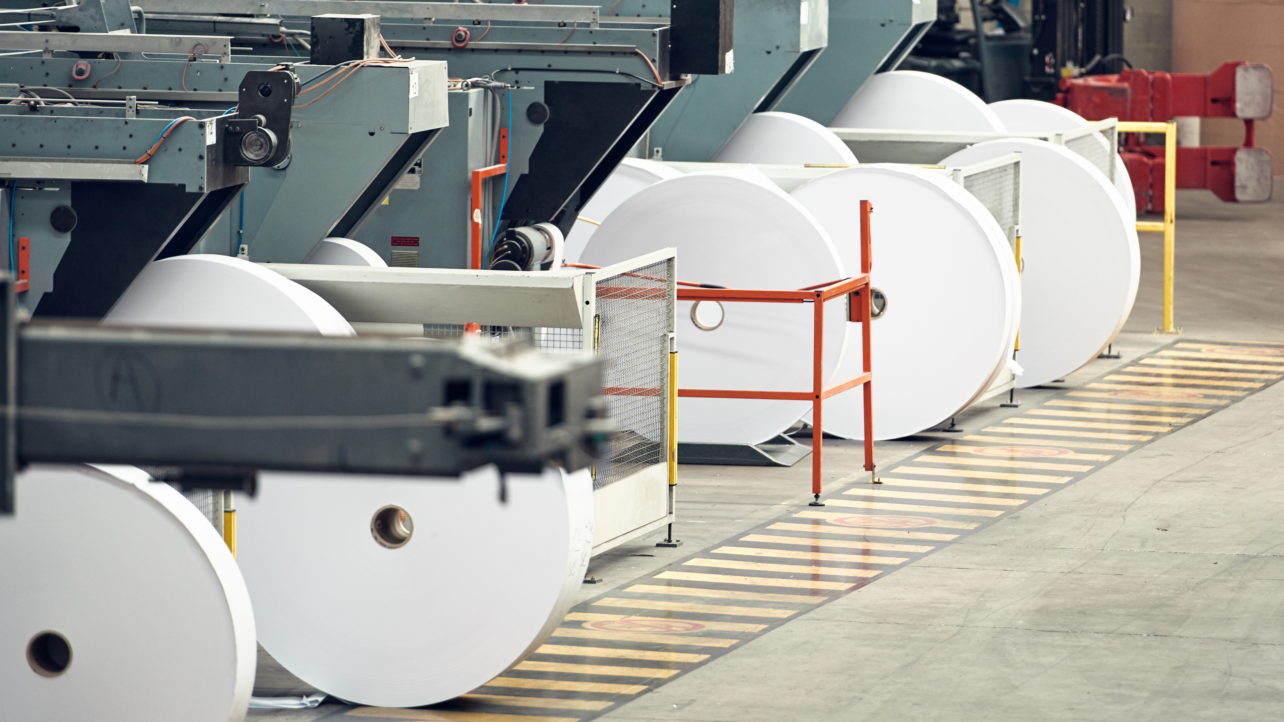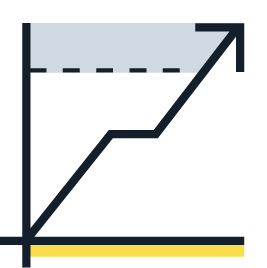Revolutionize your paper manufacturing with AI-driven optimization. Enhance efficiency, cut costs, and achieve autonomous operations like industry leaders Arjowiggins and Oji Paper. Embrace the future of smarter production!
Learn more

As one of the most highly regulated industries in food and beverage manufacturing, meat manufacturers must take product quality seriously. Today’s consumers are equally demanding on meat manufacturers, expecting companies to provide high-quality products at reasonable prices.
Providing a high-quality product doesn’t mean that meat producers need to leave money on the table. Data can play a pivotal role in helping meat producers meet (or exceed) stringent quality requirements while minimizing production costs, scrap, and waste.
In this article, we take a closer look at how meat producers can improve food safety and giveaway—two important quality measures—by using technology to advance these important use cases.
E. coli and listeria are problems that every food manufacturer hopes to avoid. Beyond profits, the risk to humans and animals that these illnesses impact can make outbreaks a highly publicized event. In turn, these can open the door for plant, farm, and other investigations. Beyond the U.S. Department of Agriculture’s Food Safety and Inspection Service (FSIS) monitoring, consumers want to purchase products from farm-to-fork that they trust for ultimate quality and transparency in their production.
As organic products lend themselves to bacteria and spoilage, food safety will always remain top of mind for meat producers. There are, of course, controlled and uncontrolled variables that you can follow.
For example, it’s more difficult to detect an E. coli occurrence than other more “controllable” sources of variation, such as temperature and humidity. Even if there are documented rules and regulations for precise temperature ranges, variability always exists.
Meat manufacturing companies know that improved humidity control can save thousands in waste reduction. Humidity control also combats food quality concerns by ensuring that accurate temperatures are applied during critical production phases like cutting rooms, meat maturation chambers, and storage chillers.
Most manufacturers regularly collect temperatures and humidity levels so they can adjust settings when they are incorrect. However, few meat manufacturers have automated continuous optimizations that adapt to changing conditions.
For example, one of our food manufacturing customers struggled with undetectable variability in their process. Past experience led them to believe that humidity was a critical reason why food spoilage occurred.
Even though they implemented everything their teams found as possible controllable variables, variation kept occurring. They wanted to use Braincube to identify why variation was happening. Was it a specific event? Was adherence to standards too low? Was there an error in the instrument’s reading? The team had more questions than answers.
Using the company’s historical data, Braincube’s AI isolated the most impacting parameters on food safety. The AI confirmed the team’s hunch that humidity was a key input variable.
Beyond understanding where variation occurred, they wanted to diagnose how to consistently control humidity. Using Braincube’s algorithms, they started combining different combinations of settings to determine the impact these changes would have on production.
These tools enabled them to work through impactful questions with new insights. Could they maintain quality while lowering costs? Could they reduce food safety violations without increasing waste?
With Braincube’s automated multivariate analyses, they learned how to best control humidity without sacrificing cost. Best of all, they could automate optimizations for future improvements. These insights saved the company hundreds of thousands of dollars per year.
Slicing and packing weight variations negatively impact revenue. A little overweight, a little off length, and voilà: your giveaway is causing losses.
No one intends to overstuff. Still, it’s a common KPI that challenges our food manufacturing customers. Reducing giveaway is not as simple as just reducing volume. Technologies today can, of course, digitize your weight hardware so you can be alerter whenever there is a drift.
But if it were that simple to solve overproduction, giveaway wouldn’t such be a critical cost-saving KPI.

Running analytics in the background can help teams diagnose and resolve overproduction. Sure, giveaway is often tied to an operator’s decisions, but the potential to automate key set points is critical to future success. Whether the problem originates within your equipment, changeover, or human error, you need a solution.
While many different departments need to see the same data, the format and frequency for which it is viewed varies greatly. The ultimate tools for meat manufacturers utilize data for trend reporting, optimizations, and cost reduction.
Recently, a food manufacturer needed an efficient way for frontline teams to view quality data in live time to reduce overproduction. With dozens of machines and processes running simultaneously, they were challenged with varying consistency in the weight and length of their food products. Still, they were unable to address quality concerns that their camera vision identified.
Braincube aligned with this customer to identify the critical KPIs that they needed to control in order to reduce giveaway. With full automation as their end goal, they knew they had to start with situational awareness. What is happening right now and how is that data leveraged by frontline teams?
First, Braincube set up a dynamic dashboard for teams to view their quality KPIs (including weight, length, and yield) on screens throughout the shop floor. Supervisors and SMEs can access live KPI tracking remotely. Alerts are automated to other departments, like maintenance when equipment performance drops. Additional alerts notify shift supervisors as soon as equipment goes out of spec. This allows real-time adjustments that keep the product at the ideal weight and length.
Dashboards and alerting improved performance through faster reaction times and improved situational awareness. These digitization efforts helped this meat manufacturer improve their yield by nearly 4 points, reduce giveaway by 1%, and increase their throughput. Additionally, teams are more efficient because they have 24/7 access to quality information that drastically improves their efficiency.
This first use case has expanded to include reducing changeover losses, yield tracking and improvements, and lower idle times. By having Braincube in their toolset, they are able to continuously improve operational efficiency—with tools that support their growth and development.
Quality will always be a top-of-mind concern for food manufacturers. However, this doesn’t mean that quality improvement efforts need to drain your teams’ resources and efforts.
With the right data-driven tools, meat manufacturers can automate key processes that give employees valuable insights that drive quality KPIs forward.
Optimize production and achieve profitable performance. Reduce waste, improve throughput, and meet quality demands with real-time data-driven insights. See why meat manufacturers choose Braincube.

Improving throughput and yield are vital KPIs for meat manufacturers. Here are some tools and strategies to help you reach your goals.

Meat manufacturers face a multitude of complex operational challenges in today’s landscape. The right tech can help companies keep a pulse on production without driving up costs.

A meat manufacturer brought in Braincube to help their quality control measures. In less than two months, they increased yield by 50% and achieved positive ROI.